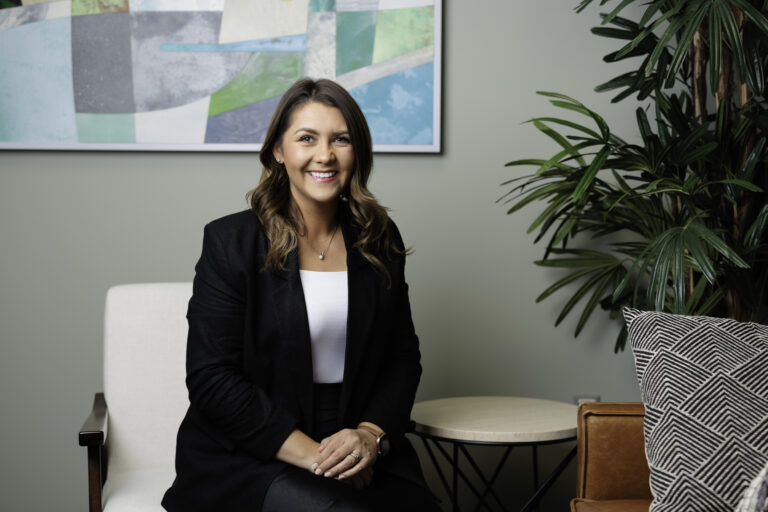
We can’t begin talking about women breadwinners in the U.S. without first acknowledging the impact of the COVID-19 pandemic. This significant disruption to our lives resulted in millions of women leaving the workforce. In February 2021, women’s labor force participation dipped to the lowest level since 1988.
That dip aside, female breadwinners have become much more commonplace than they were 40 years ago. According to data from the Bureau of Labor Statistics, wives are the breadwinners in 29 percent of dual-income married couples. In 1981, just 15.9 percent of wives were breadwinners.
However, the earnings ratio — defined here as female earnings as a percentage of male earnings — among married couples varies considerably depending on their occupations. For example, the wife of a husband in a high-paying position such as a physician, earns about half of what her husband earns. But when a woman is the breadwinner, she typically earns about ten percent more than her husband.
What about breadwinning mothers?
Just like female breadwinners in general, the share of U.S. breadwinning mothers continues to grow. The share of breadwinning mothers, or co-breadwinners, has steadily increased since the 1960s.
What this means is that there is a tremendous opportunity for a culture shift in viewing the role of women in how they support their family financially. While shifting gender norms takes decades or longer, it’s time for institutions to consider how they can support female breadwinners
The future of female breadwinners and investing
With female breadwinners becoming more commonplace in the U.S., there’s ample opportunity to help grow their earnings through investments. And we’ve seen recent growth in female investors: 67% of women are now investing outside of retirement, compared to 44% in 2018, according to Fidelity’s 2021 Women and Investing Study. Women also consistently post better investing returns than men, both as individual and institutional investors.
We can point to the pandemic for the boost in the rise in female investors. As lockdowns and social distancing measures loomed, more women acted quickly to prepare for the uncertainty – from building their emergency savings to updating their financial plans and evolving from their role as a saver to an investor.
At Hiley Hunt Wealth Management, we’re excited to see this increase in female investing. We’re focused on the education and guidance of women in the management of their wealth. We acknowledge the unique challenges they face, and we work with them to navigate their journey to reach their financial goals. If you’d like a consultation to see if we’re the right fit for you, contact us today.




